Winter is a challenging time for backyard birds such as cardinals, woodpeckers, nuthatches, chickadees, titmice and wrens.
But roosting in tree cavities, bird boxes and an assortment of makeshift shelters can help these birds stay warmer at night and give them an energetic edge.
Finding a snug place to sleep on a cold winter’s night is particularly important to Carolina wrens. They belong to a primarily tropical genus of wrens and seem to have limited capacity to deal with really cold weather and snow.
Carolina and other wren species nest in natural places such as upturned roots, tree stumps, vine tangles and tree cavities, but they also nest in a whimsical array of human artifacts. Roost sites and nest sites are often one and the same.
Birds of North America cites some favored nesting spots of the wren:
- Glove compartments of abandoned cars and inside garages.
- Old shoes and shelves.
- Mailboxes and tin cans.
- And an equally whimsical array of settings are listed as the wren’s roosting places:
- Bird nesting boxes and abandoned hornet’s nests.
- An old coat pocket and a hanging fern.
- Garages and barns.
- Squirrel nests and old bird nests.
- And at least one ceramic pig planter.
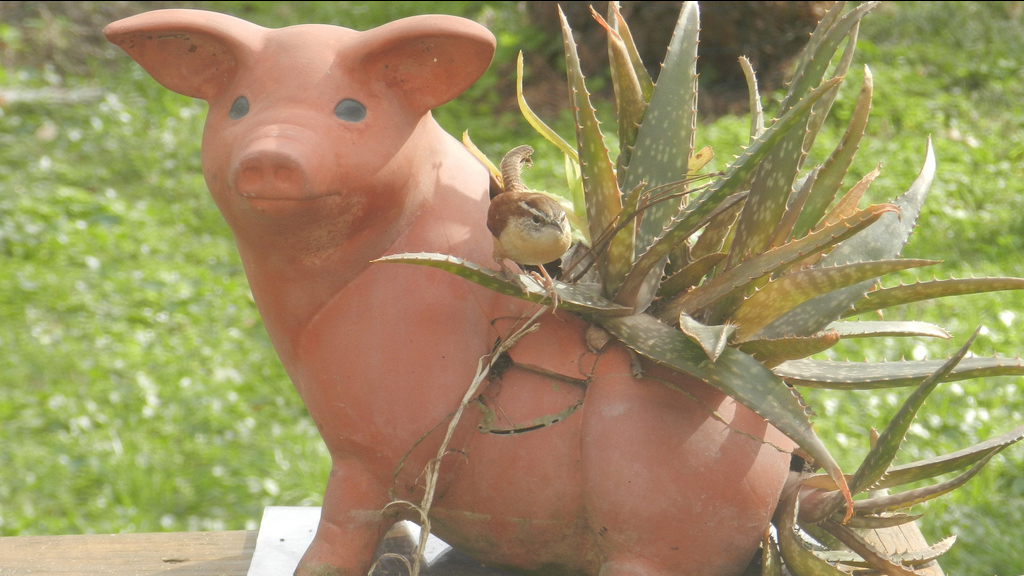
It seems that any place that can support a messy domed nest of twigs leaves, root fibers and moss is fair game for a wren.
I can add retractable awnings to the list. Every year, a pair of Carolina wrens builds its nest in an awning over my back deck – despite the mechanical activity of the awning and all the commotion below it. And in winter the pair uses the nest for roosting as well, particularly when the temperatures are below freezing.
I can be reasonably certain these are the same wrens in summer and winter because Carolina wrens don’t migrate, and pairs stay on the same territory throughout the year.
It’s been documented that the northern boundary of their range ebbs south and flows northward depending on how cold or mild the winters are over a series of years. When sustained below-zero temperatures and snow descend on the landscape, the wrens simply perish.
Near the northern edge of their range, there are clear benefits of backyard bird feeding to Carolina wrens. A study in Michigan found that bird feeding may even be supporting their northward expansion.
The research showed that in winter, wrens disappeared from areas with no bird feeders and remained common in areas that had bird feeders. It isn’t necessarily temperature that is driving wrens southward when the snow falls. It is their inability to find food during snowy conditions.
During the day, birds must eat enough to build up the fat reserves needed to keep them alive through long and cold winter nights.
Roosting in protected places gives the wrens (and other birds) a better chance of weathering the elements and conserving the hard-won energy reserves they gained during the day.
Studies of birds roosting in nests have shown that such domiciles confer critical energy savings. The same goes for roosting in tree cavities and bird boxes.
It’s not just wrens that are availing themselves of shelter when it gets cold. Woodpeckers and nuthatches nearly always use cavities to roost regardless of the weather, but chickadees and titmice resort to using cavities most often when it is very cold.
A study of the benefits of roosting in tree cavities on a cold night found that not all cavities are equal in their comfort levels. The bottom line of the research: cavities in bigger trees that are alive (not dead) hold the heat of the day longer and stay warmer at night.

In the coldest times, some species will huddle together to stay warm. In his book Birds Asleep, Alexander Skutch shares this report on the tendency of winter wrens to huddle together on cold nights:
Nine slept in an old nest of a thrush,
Ten squeezed into a coconut shell and
Forty-six into a nesting box.
One observer noted over one hundred pygmy nuthatches entering the same dead pine trunk on a cold night. Bluebirds also roost communally in tree cavities and nesting boxes during frigid spells.
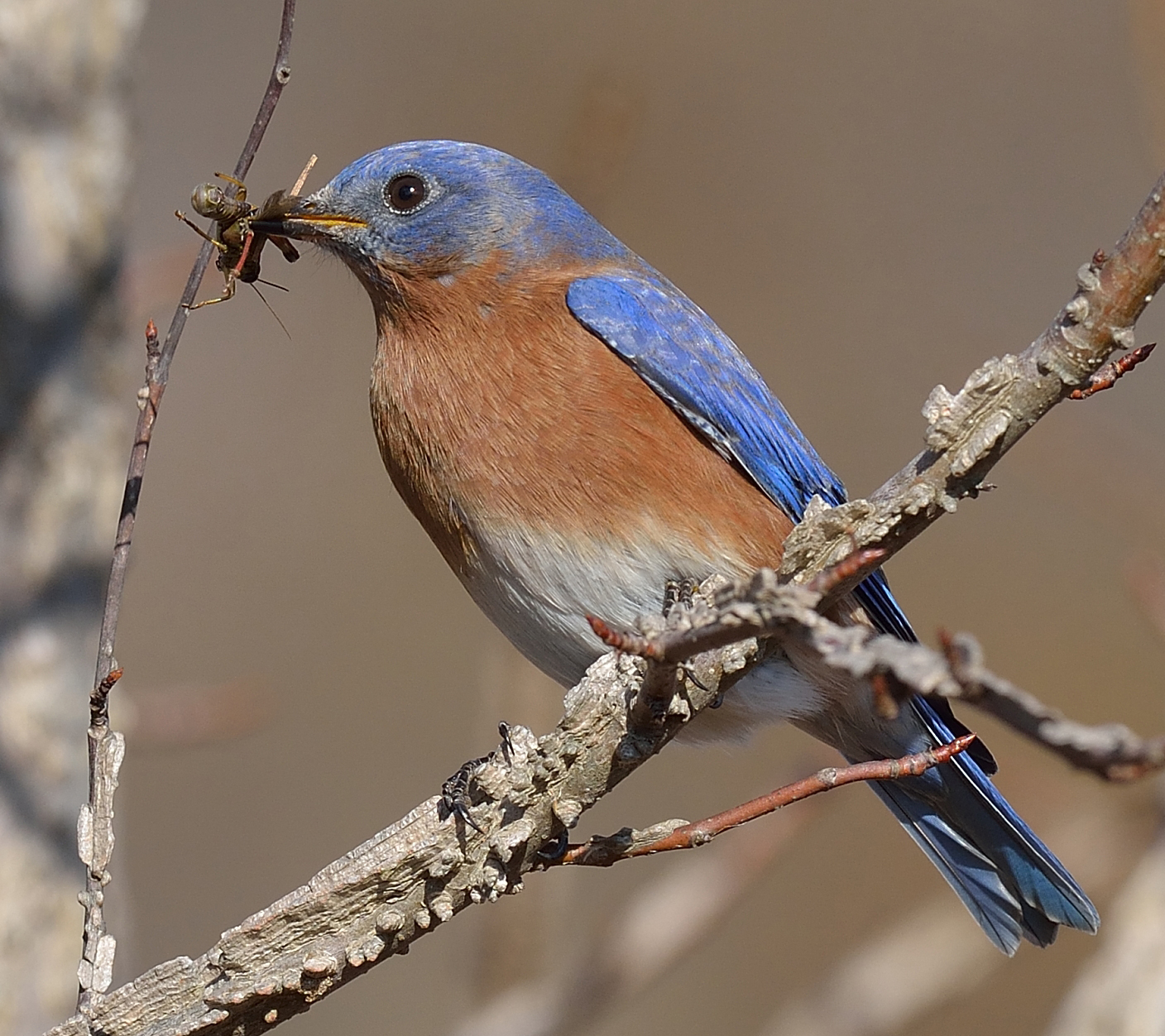
In milder weather, these same species tend to roost alone or in family groups. One individual winter wren was observed alternating between roosting alone and with other birds as the temperature oscillated from mild to frigid.
While our backyard birds might be just fine on their own, we can help birds by offering places for them to roost in winter. The easiest way to do this is to have a variety of bird boxes available during winter. If you are really creative, you can try to expand the list of wacky places where wrens will nest and roost. Poke around your yard for potential roost sites and watch and listen for birds going to roost just after sunset on winter days.

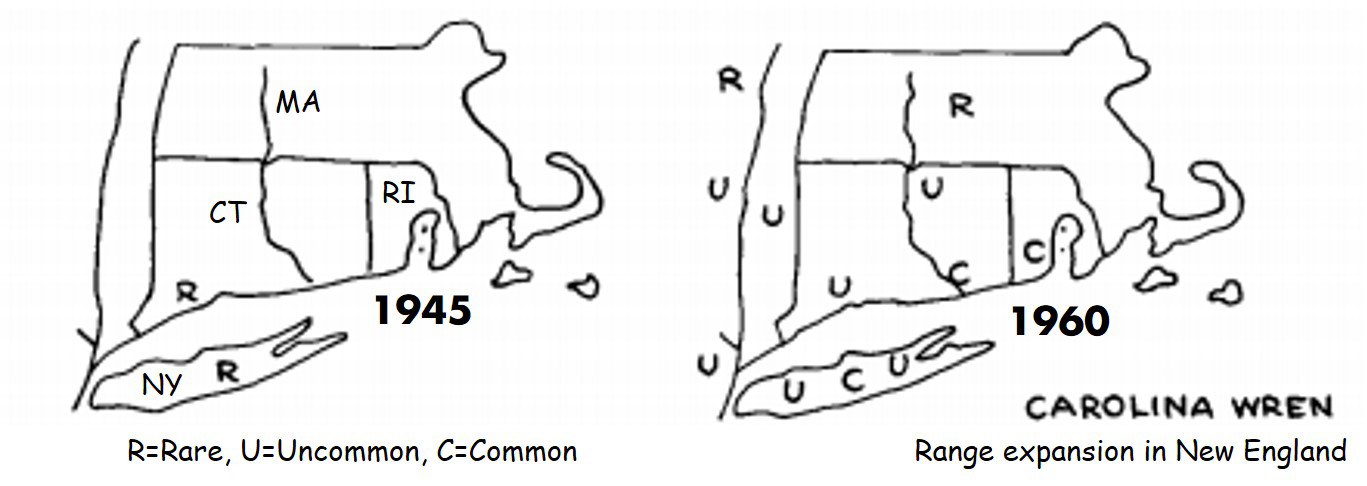
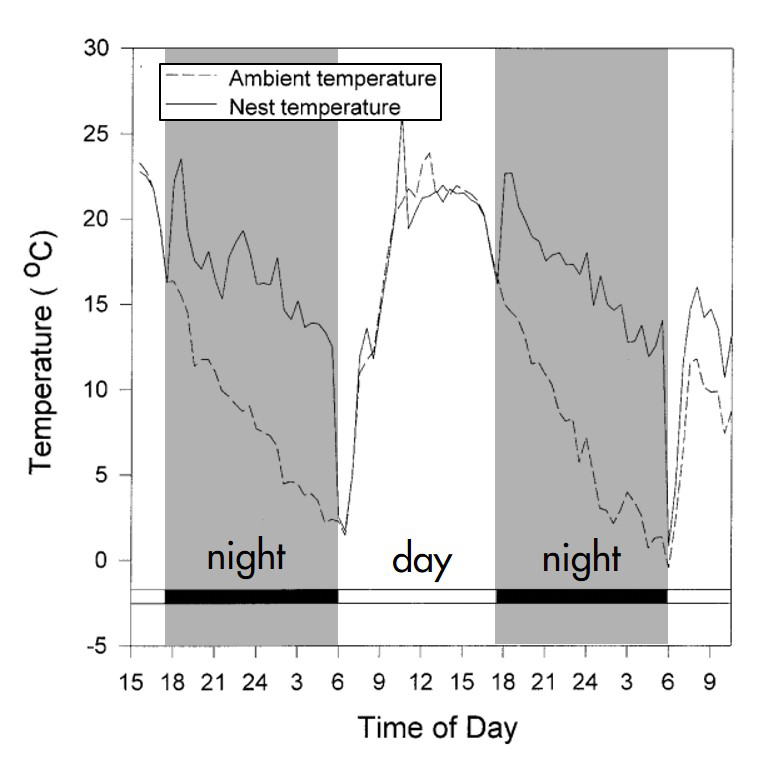

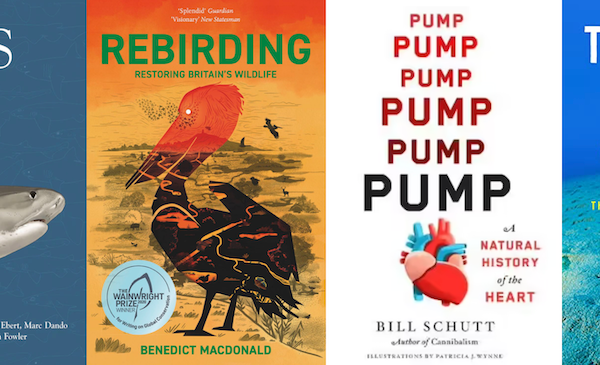

We live in southeast MS in Lamar county referred to as west Hattiesburg. I have a gourd painted like the American flag that hangs on our covered patio facing east. It is protected from a north wind by a solid brick wall. It is a covered patio, and the gourd hangs one foot back from the east edge making it almost 100% waterproof. A pair of Carolina wrens (or their offspring) have raised at least 2 broods each summer for the past 5 years. I have had the pleasure of watching the young birds fledge on 4 occasions. They flutter out of the gourd and fly north to a neighbor’s fence. They roost in the gourd at night in winter as well on very cold nights, but only one bird on a given night. Not sure what the life span is for Carolina wrens, but the noisy little things are here year round. During cold periods I crush unsalted peanuts for them, and they eat from a shelf on a table beneath the gourd nest/roost. Feed other birds close by from a canteen style feeder filled with safflower seeds. The wrens do not seem to prefer those seeds, but cardinals, tufted titmouse and black capped chickadees eat them daily year round. I feed blue jays and the titmice unsalted peanuts in the hull from a “slinky” type feeder that requires the jays to work to extract the peanuts from the slinky, but the titmice crack the shell through the wires of the slinky feeder and eat the peanuts leaving the hull inside the feeder.
Thanks for reading!
I routinely spread bark butter in the depression of a tree for the woodpeckers, bluejays, and wrens. We ran out of bark butter during the recent freeze in Texas and substituted natural peanut butter. They ate it!
How would I find cardinals in winter?
Could you give me some ideas for bird boxes etc for winter protection. Make it cheap to do please.
I observed a flock of robins
near our crabapple tree —
in Hingham MA ; early January 4th 2021 with at least
30 or more in view. Temperature was
32 degrees.
I’m sorry, I had not read any comments but I live in Tallahassee, Florida.